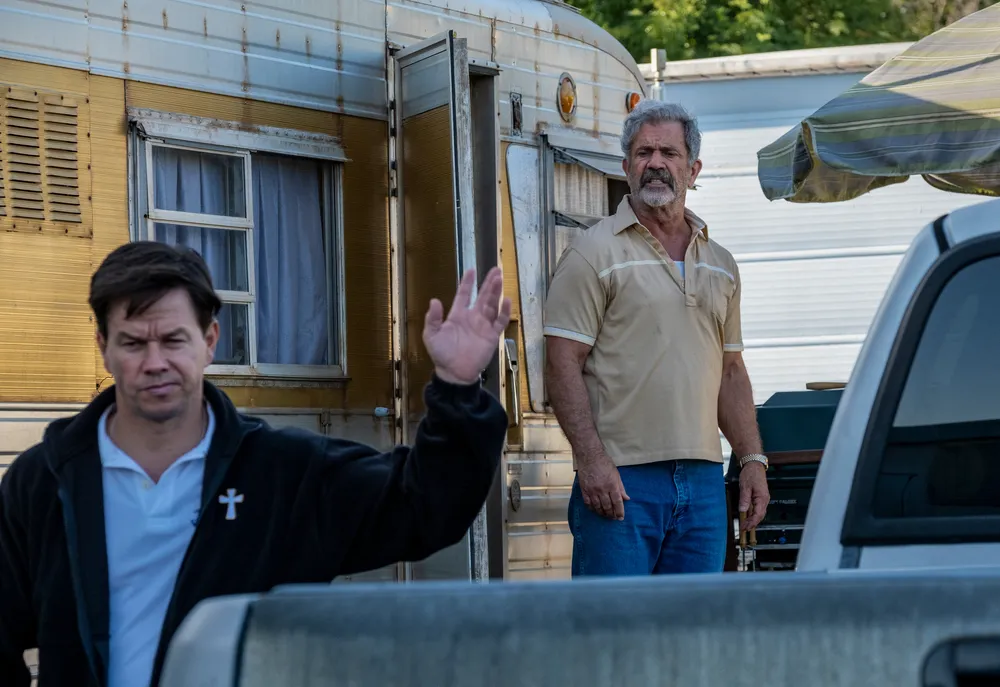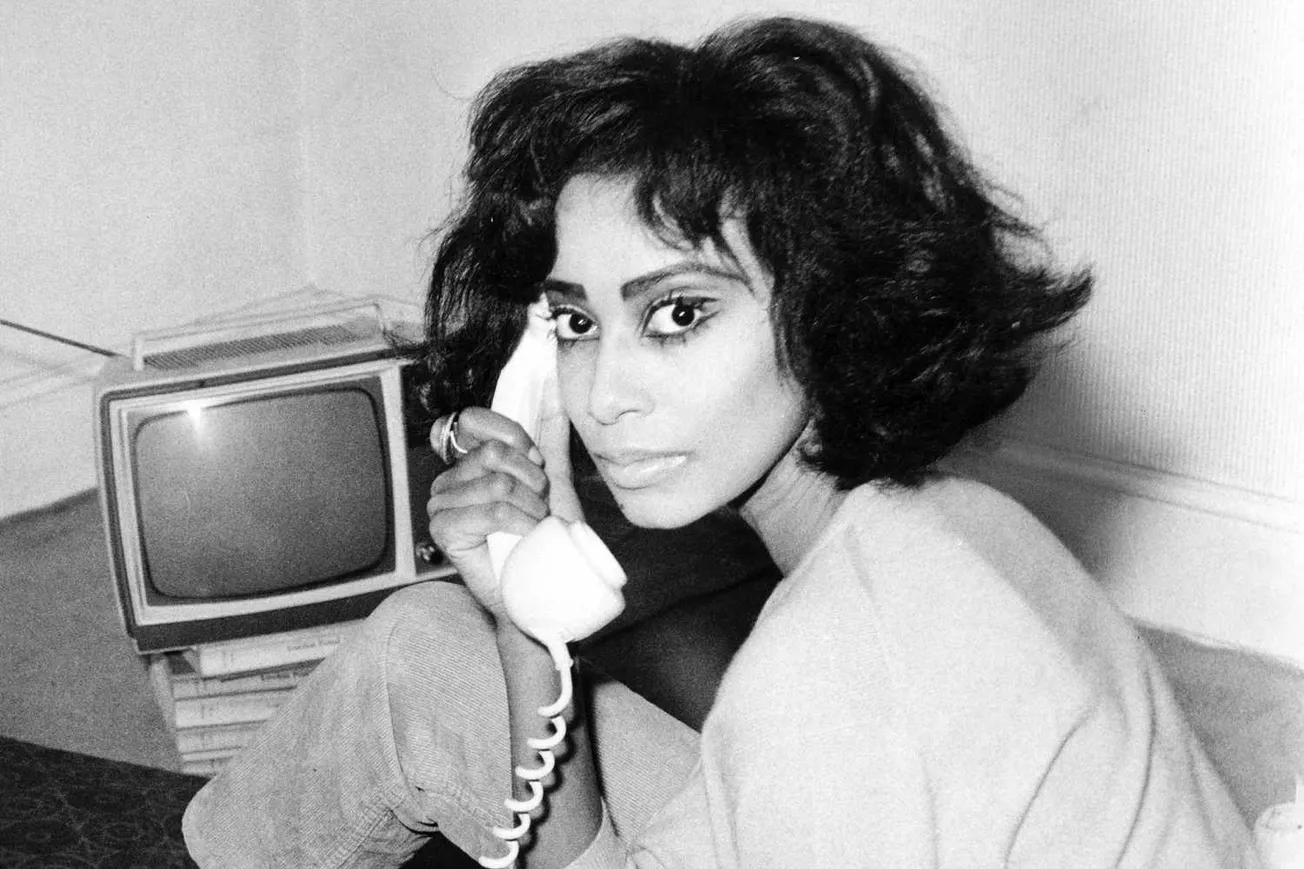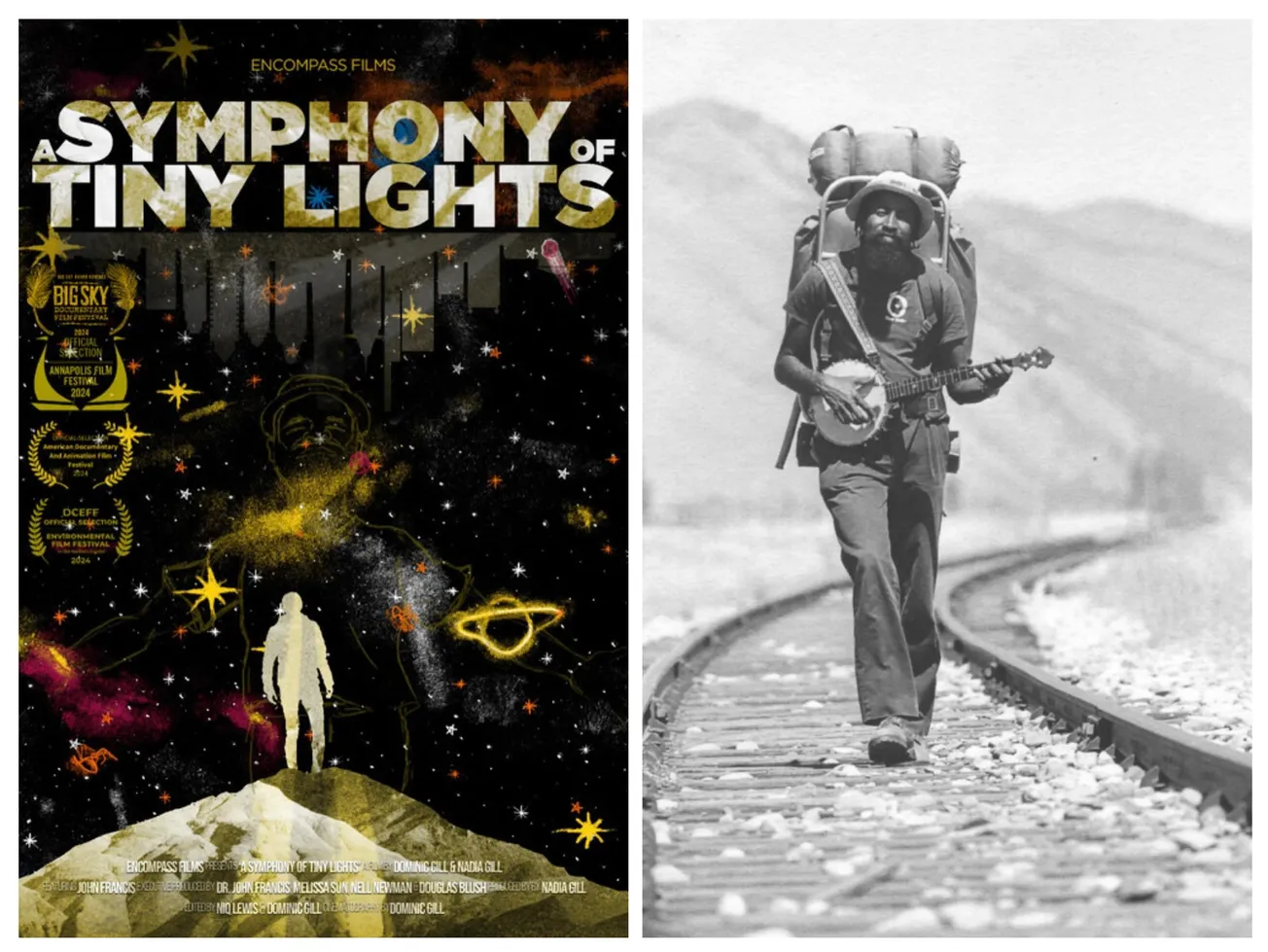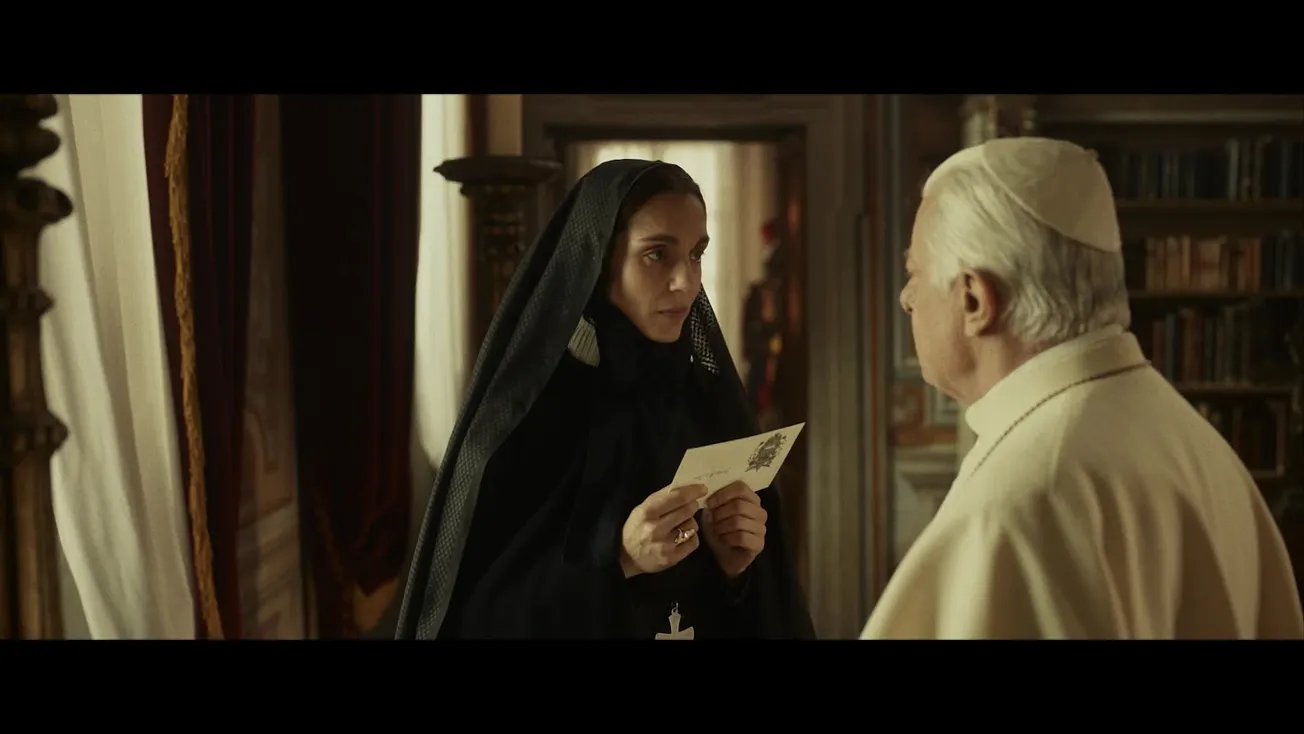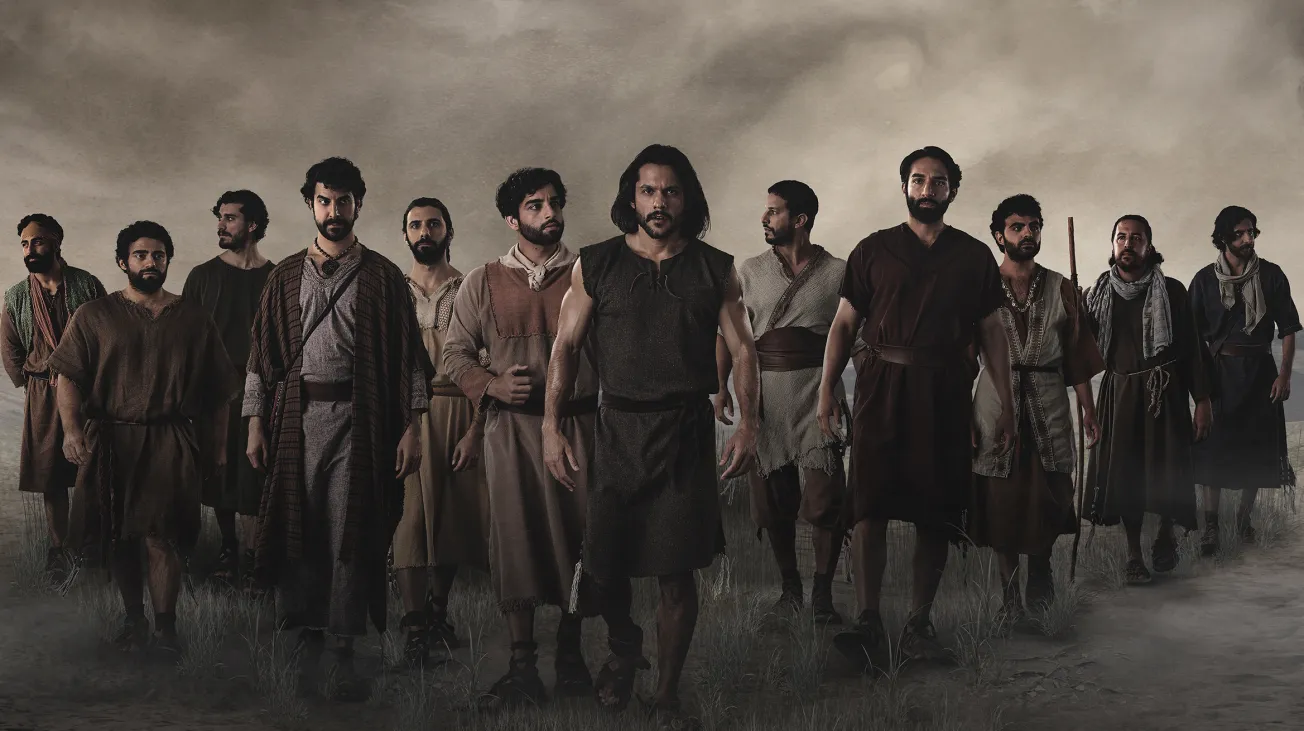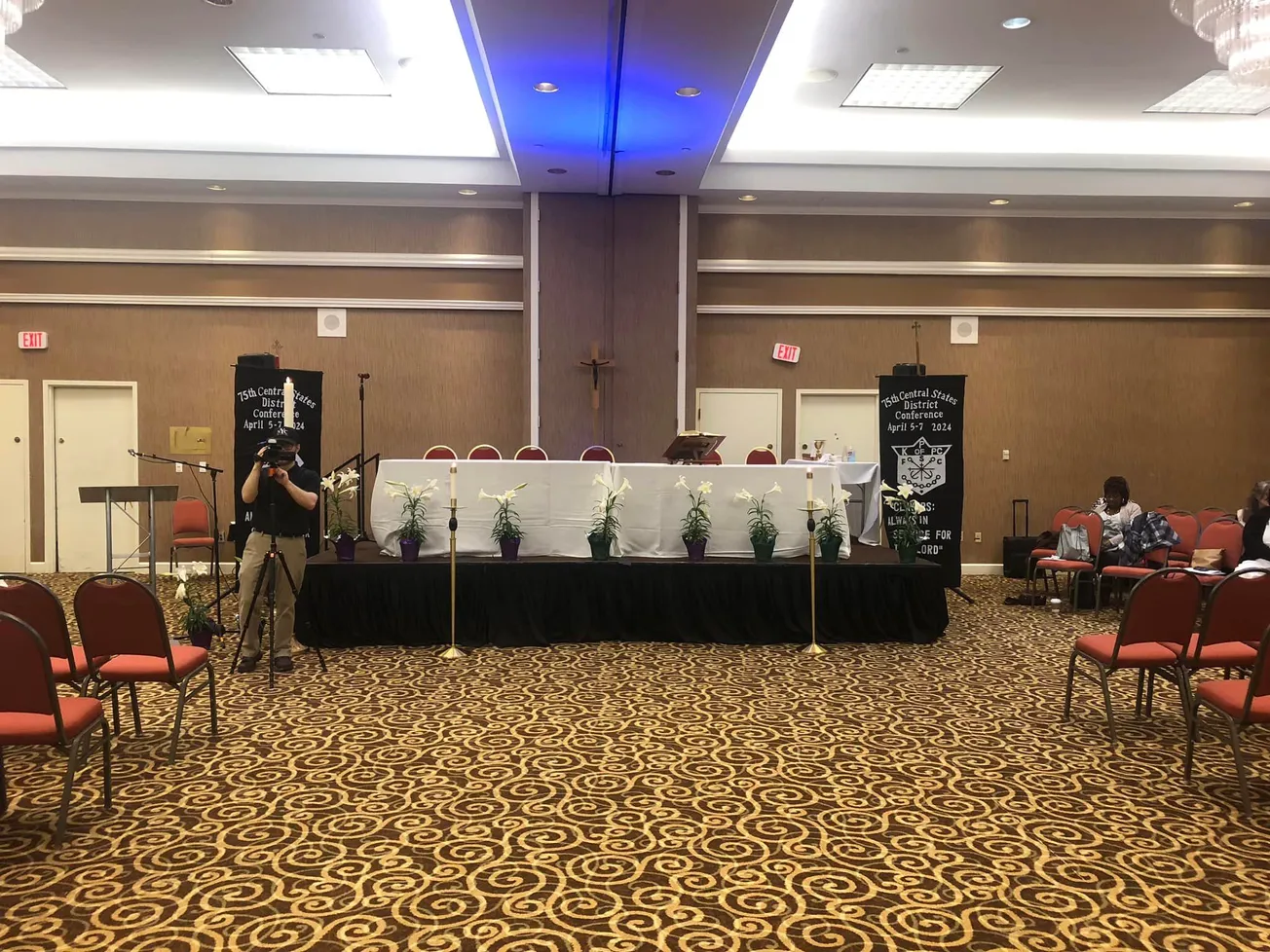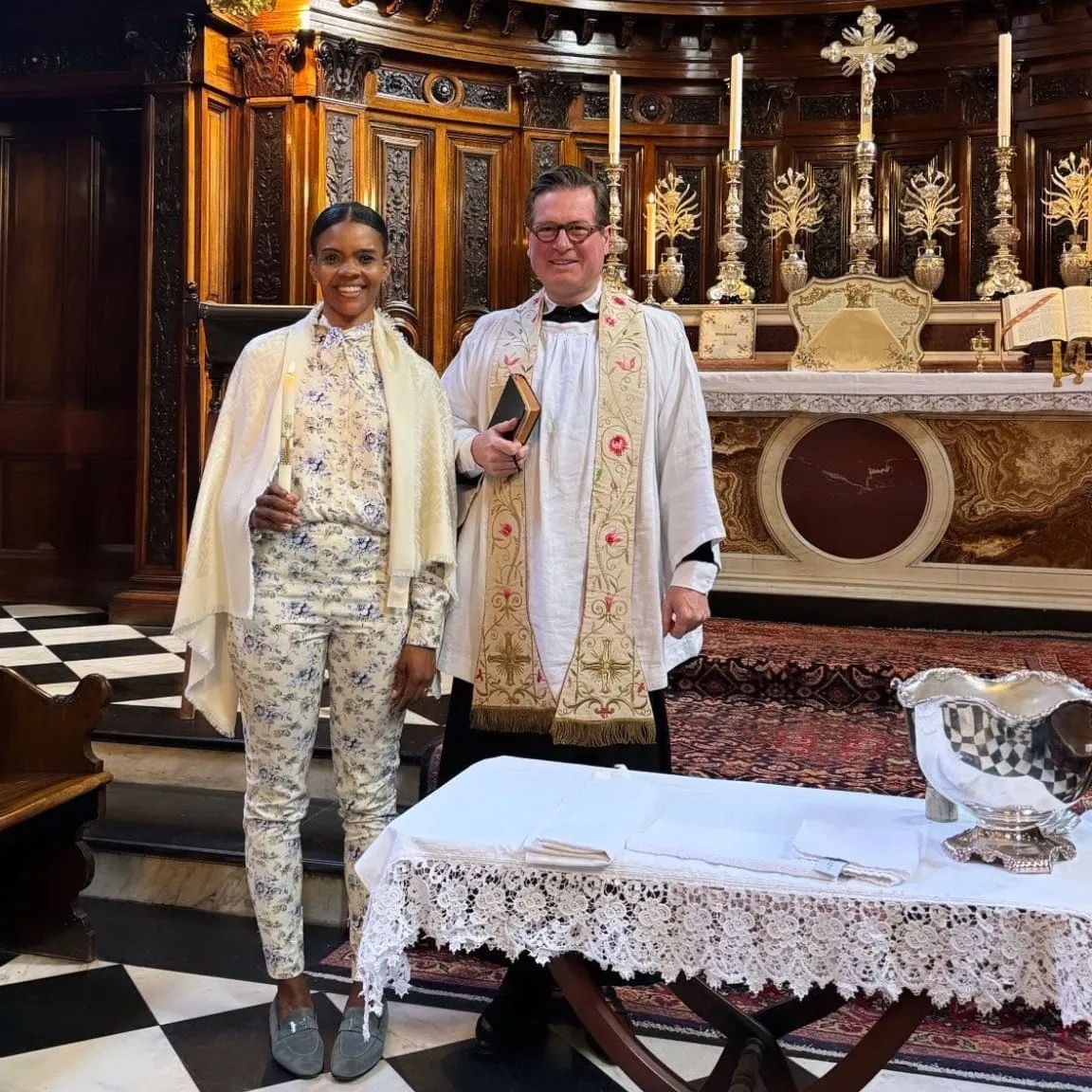Hollywood movies typically involve a few common ingredients in order to make their movies more viewer-friendly. Character arcs? Check. Conflict? Check. Happy ending? Check.
Hardly ever at the top of that list will you find the ingredient of accurately representing religious beliefs. However, when it comes to Catholicism, “Father Stu” has an original recipe—even if, when it comes to Black Catholics, the taste may be a little off.
The film, released on April 23rd and spearheaded by lead actors Mark Wahlberg and Mel Gibson, had a fine balance of Hollywood and Catholicism, to my surprise. Typically, unless it's a conspiracy movie painting the Vatican as an evil high society, it's nuns running up walls in “Exorcism”-style movies.
In short, I'll admit that I didn't know what to expect going in to watch “Father Stu”.
It opened to mixed reviews—from both secular and Catholic media sources—and while I did have some qualms with the movie, for the most part, I was pleasantly surprised and emotionally touched.
It tells the story of the real-life hard-knock priest Fr Stuart Long, who suffered from a rare progressive muscle disorder known as inclusion body myositis. The film explores his conversion to Catholicism, encounter with the sacraments, and journey into the priesthood as well as the discovery of his illness.
One of the main delights of the movie was Wahlberg's portrayal of Long. In an interview, he revealed that he wanted to do the film because he wanted to transition into contributing more meaningful content to the world.
“This is me kind of transitioning to do more meaningful work that serves a purpose in my faith,” he said.
“I'm always looking for new opportunities to do things that have a little bit more substance.”
Wahlberg also said the movie was the first time he allowed himself to get vulnerable in his faith. In one scene, after Long is diagnosed with his degenerative disorder while in seminary, he goes into his parish and falls down in front of the tabernacle and begins crying and pleading with the Lord to change his situation. For most practicing Catholics who have been traumatized by news about their health—like myself—this is an accurate portrayal of the first thing we often do, running to the Lord and seeking his face for healing.
Sometimes, healing doesn't always come the way we want it to, and “Father Stu” portrays the reality of that struggle. It also goes deeper to explore aspects of suffering viewed as a mystery in the Catholic faith. One that is accurately portrayed in the film is that Jesus always draws nearer to us, and us to him during the hardest of times. In the film, Long has a chance encounter with Jesus one night at a bar. The man, interpreted to be Jesus, gives him plenty of wise words, including telling him not to go driving after he had been drinking.
Of course, Long decides to leave the bar on his motorcycle anyways despite the warning and gets into a serious accident—after which the Blessed Virgin appears to him and reaffirms the truth of Christ.
It is at this point that, through the sacraments, Long begins to feel the grace of God conforming him to God's will. Up until this point in the film, Long was pursuing the parish Sunday School teacher, Carmen. After she told him that she couldn't marry a man that wasn't baptized, Long immediately enters RCIA and follows through with initiation into the Church.
As Long continues to feel grace pulling him into the life of God, he begins discerning the priesthood—much to Carmen's dismay. Much like her experience, sometimes we can't understand the meaning of things that happen, but the message in the movie is a powerful reminder that God's will is often revealed to us in the most unexpected ways.
One of my favorite aspects of the film was the wide range of diversity in the cast. Upon joining the Church, Wahlberg's character immediately hits it off with the movie's only Black protagonist, Ham. He is a young man who is later revealed to be discerning the priesthood as well. The two become fast friends.
One particular scene that stood out to me, when Long's hands and face are getting weaker, involves Ham, who is sitting across from Long at dinner, taking time to help clean his face and make sure that he can eat properly. The scene accurately portrays what the body of Christ should look like. It represents the aspect of universality and diversity in the Church, and reminds us that we are the hands and feet of Christ. We are his body, and Ham's character embodies this.
Despite the many things I enjoyed about the movie, I was curious as to why the writer-director Rosalind Ross chose the name Ham for the Black protagonist. (Ross is the longtime girlfriend of Gibson, who plays Long's father in the film, her directorial debut.)
I am curious if she intended anything by the Black character's name. In some circles, people believe that Black skin is a result of the “curse of Ham”—a reference to an obscure scene in the Old Testament book of Genesis. For his own part, Gibson—a known sedevacantist—might also have played a part, as many Catholics in history have also appealed to the trope.
Any such reference in the film would of course represent the worst kind of ignorance when it comes to Black voices in the Church and how to represent them.. Even though it seems like Ross avoided typical stereotypes in the representation of Ham, her reason for his name remains unknown.
Overall, “Father Stu” is a good depiction of the concept of grace within Catholicism, and it reminds us how regularly receiving the sacraments can draw us deeper into participating in the life of God. If you want to see a movie that accurately represents Catholicism, then go watch it.
However, Black Catholics should keep a watchful eye on the tone of this new director's projects in the future. If she chooses to portray African Americans in her films, she must do that accurately, too.
Briana Jansky is a freelance writer, author, blogger, and host of the Geeks For Jesus podcast.


